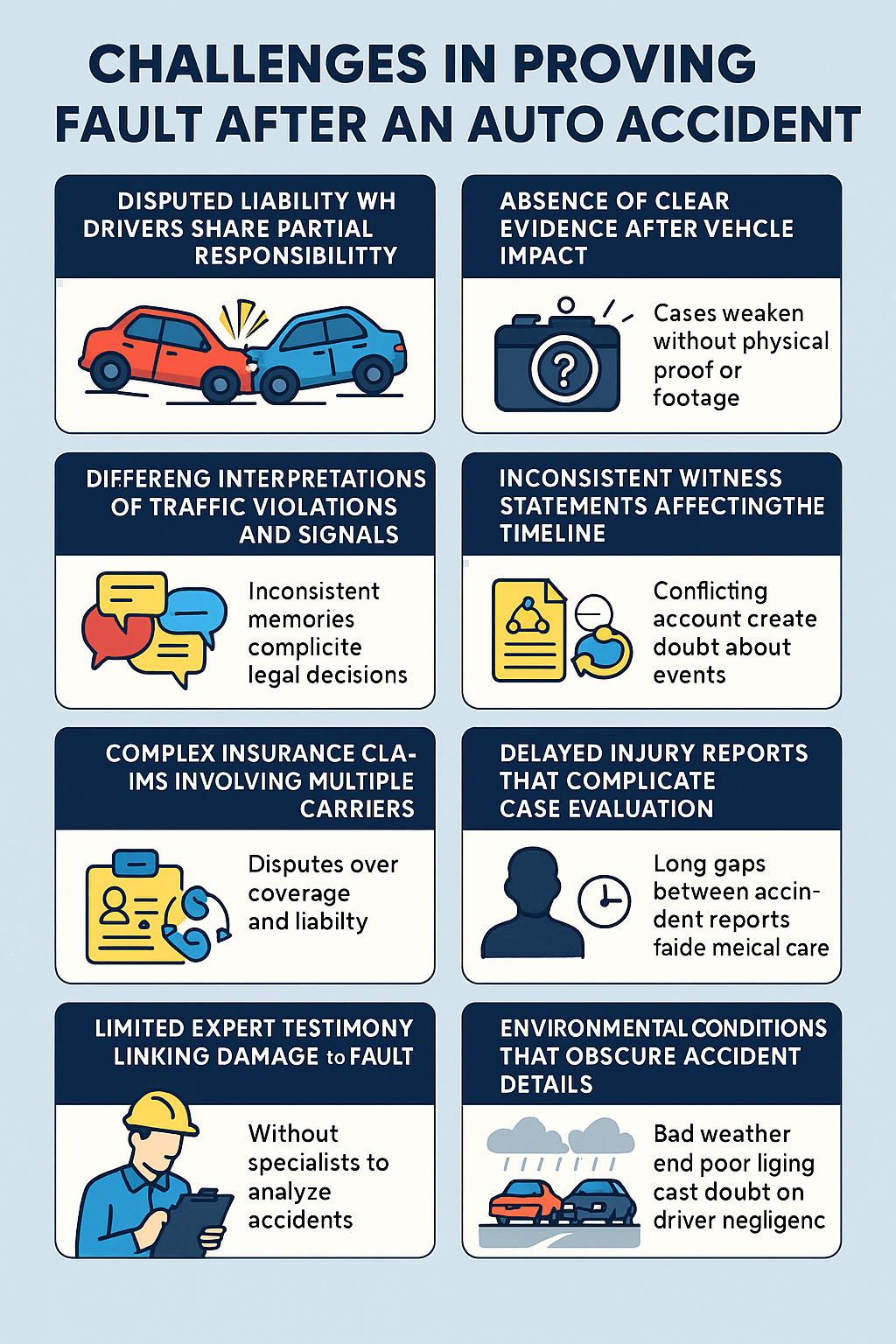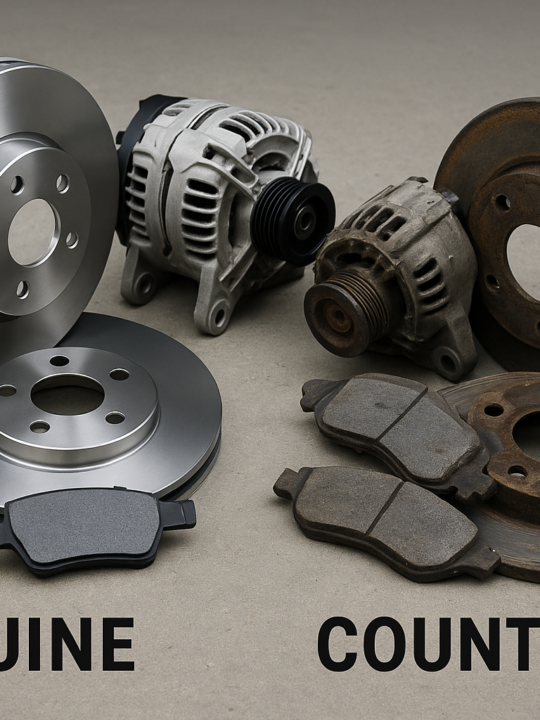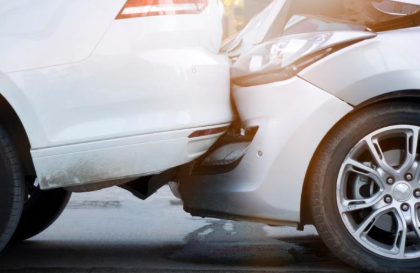Table of Contents
- 1 Disputed Liability When Drivers Share Partial Responsibility
- 2 Absence of Clear Evidence After Vehicle Impact
- 3 Differing Interpretations of Traffic Violations and Signals
- 4 Inconsistent Witness Statements Affecting the Timeline
- 5 Complex Insurance Claims Involving Multiple Carriers
- 6 Delayed Injury Reports That Complicate Case Evaluation
- 7 Limited Expert Testimony Linking Damage to Fault
- 8 Environmental Conditions That Obscure Accident Details
Disputed liability is one of the most common barriers to proving fault in an auto accident case. In many situations, both drivers may have contributed in some way—whether by speeding, failing to yield, or not maintaining a safe distance. Determining who is more at fault becomes a battle of details, where small factors like timing, position, and driver behavior can shift the outcome.
This shared responsibility complicates settlement negotiations and court proceedings. Insurers often argue that their client bears less blame to reduce payouts, requiring auto accident lawyers near me to build strong comparative fault arguments. The process involves reconstructing events, analyzing police reports, and gathering technical evidence to present an accurate division of fault.
Absence of Clear Evidence After Vehicle Impact
Physical evidence fades quickly after a crash. Tire marks wash away, damaged vehicles get repaired, and road debris disappears. Without timely documentation, the case can weaken, especially if photos or surveillance footage are missing. This makes it difficult to demonstrate exactly how the collision unfolded or which party’s actions led to it.
Attorneys often step in early to preserve evidence, contacting experts or accident reconstruction specialists. They collect vehicle data, analyze impact points, and locate nearby cameras. Without these proactive measures, proving fault relies heavily on statements rather than physical proof, which can tilt the case against the victim.
Differing Interpretations of Traffic Violations and Signals
Traffic laws might seem clear, but interpreting them within a real-world crash can be complicated. A driver may claim they had a green light or a protected turn, while another insists the opposite. Even with witness support, inconsistent memories can cloud what really happened at the intersection. These disputes become a legal gray area that affects case outcomes.
For lawyers, unraveling these details often requires subpoenaing traffic light timing records or reviewing intersection camera footage. Proving that one driver disobeyed a signal can define the entire case. Without definitive proof, insurance adjusters may default to shared fault, making it harder for victims to recover full compensation.
 Inconsistent Witness Statements Affecting the Timeline
Inconsistent Witness Statements Affecting the Timeline
Eyewitness accounts can be powerful—but they can also conflict. Differences in perception, memory, or vantage point lead to inconsistencies that weaken credibility. One person might recall a sudden lane change, while another believes the vehicle was stationary. These variations create doubt, which defense attorneys and insurers can exploit to challenge claims.
Attorneys must compare all statements carefully, verifying them against phone records, traffic data, or vehicle telemetry. They look for common threads and use corroborating details to strengthen the client’s version of events. It’s a delicate balance between respecting witness input and filtering out inaccuracies that can harm the case.
Complex Insurance Claims Involving Multiple Carriers
Car accidents involving multiple drivers or commercial vehicles often include more than one insurance company. Each carrier has its own interest in minimizing liability, which slows down claim processing and leads to disputes about coverage limits. Coordination between these entities can delay compensation for medical bills or property damage.
In these multi-carrier cases, an experienced car accident attorney near me plays a coordinating role. They manage communications, ensure all evidence is shared correctly, and prevent clients from accepting premature settlements. The more complex the insurance web, the greater the need for legal representation that understands both policy language and liability law.
Delayed Injury Reports That Complicate Case Evaluation
Not all injuries show immediate symptoms. Soft-tissue damage, internal bleeding, or head trauma can appear days after an accident. Late medical documentation can raise questions about whether the injuries resulted directly from the collision or from a separate cause. This timing issue makes it harder to link physical harm to the original event.
Lawyers often advise clients to seek medical attention immediately, even for minor discomfort. Consistent medical records build the foundation for injury-related claims. If there’s a gap in care or late reporting, opposing parties may argue that the injuries were exaggerated or unrelated, forcing attorneys to gather additional expert opinions to reinforce the case.
Limited Expert Testimony Linking Damage to Fault
Expert testimony can clarify how an accident occurred, yet qualified experts aren’t always accessible or affordable. Without their input, explaining technical details like vehicle speed, point of impact, or braking distance becomes challenging. Juries often depend on these analyses to understand complex mechanical evidence.
A skilled attorney knows how to identify credible specialists who can testify effectively. They present findings in clear, relatable terms that connect physical evidence to driver behavior. These experts often make the difference between speculation and provable fault, giving legal teams the support they need to establish liability beyond doubt.
Environmental Conditions That Obscure Accident Details
Weather and road conditions can blur fault determination more than many realize. Rain, fog, or poor lighting reduces visibility and affects braking distance, making it unclear whether a driver acted negligently or simply couldn’t react in time. Similarly, ice or oil spills can create hazards that confuse the sequence of events.
Attorneys analyze environmental factors by consulting reports from local authorities and reviewing meteorological data. Understanding these variables helps explain behavior that might otherwise appear careless. In cases where nature played a role, the challenge lies in separating uncontrollable conditions from genuine negligence—a task that often benefits from experienced guidance by Lackey Law Firm.







